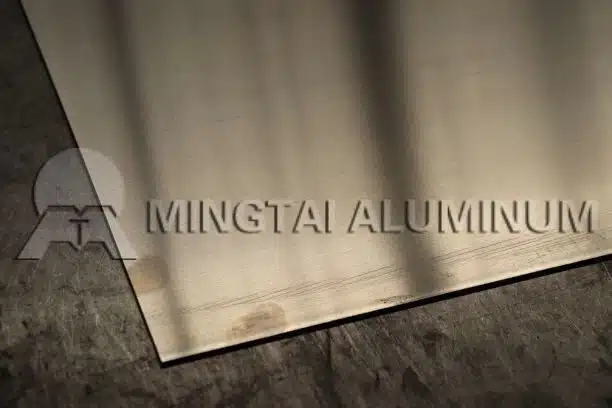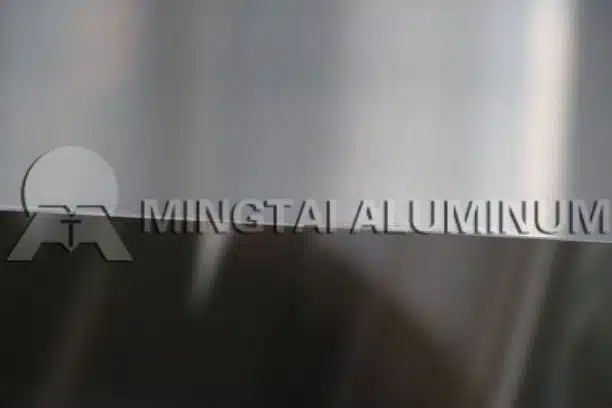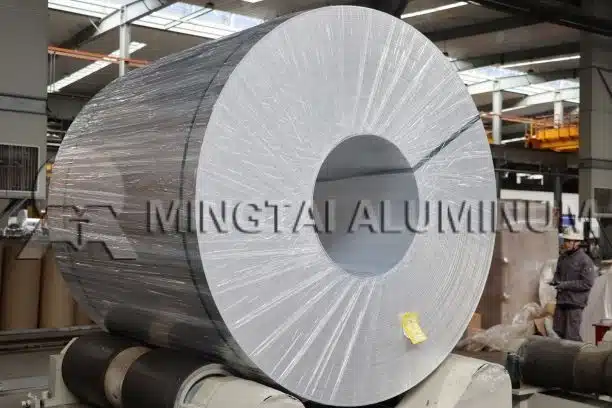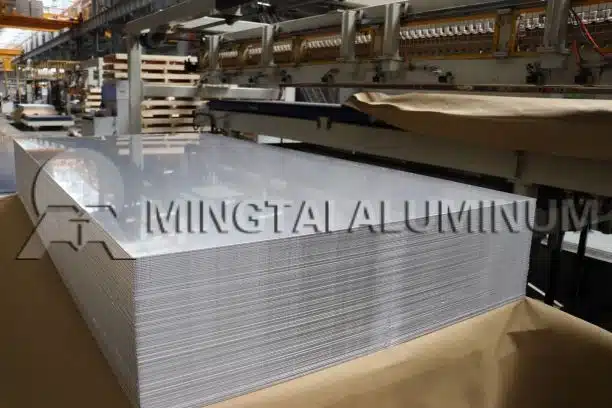
Picking the right aluminum sheet for your 2025 projects—whether it’s for building, designing, or transportation—is a big deal. You need to know what makes alloys like 3105, 3003, and 5052 different. Each one brings something unique to the table in terms of performance, durability, and price. This guide lays out the differences to help you choose wisely.
Key Differences Between 3105, 3003, and 5052
These alloys aren’t the same. Their ingredients and traits set them apart. The 5052 alloy, packed with magnesium, is super strong and great at keeping rust at bay. Meanwhile, 3105 and 3003 use manganese instead. They’re a bit different in strength and how well they conduct electricity. The 5052 is an AL-Mg alloy, with magnesium as its star player. The 3105 alloy fights off rust nicely and conducts electricity well, hitting around 41%.
Similarities Across the Three Alloys
All three—3105, 3003, and 5052—can’t be hardened with heat. Instead, they’re cold-worked to get tougher. They hold up well against rust and are perfect for projects needing strength and flexibility. You can find them in different tempers, so they work for all sorts of jobs.
Alloy Composition
3003 Aluminum Composition
The 3003 alloy is mostly aluminum, mixed with 1.0-1.5% manganese. It’s strong enough and super easy to work with.
3105 Aluminum Composition
The 3105 sheet is an aluminum-manganese blend. It’s got a little magnesium to help it resist rust and carry electricity better.
5052 Aluminum Composition
The 5052 sheet is an AL-Mg alloy. Magnesium is the main ingredient here. It beats manganese-based alloys when it comes to fighting rust.
Mechanical Properties and Strength
Ultimate Tensile Strength
The 5052 alloy is the toughest, thanks to its magnesium. It’s awesome for projects where strength is everything, like building frames.
Yield Strength
The 5052 leads in yield strength too. Next comes 3105, then 3003. This makes 5052 great for parts that need to handle heavy loads.
Fatigue Strength
The 5052 alloy is a champ at handling constant stress. It’s perfect for things like car panels or boat parts that get pushed hard over time.
Formability and Workability
Bending and Rolling Performance
All three alloys bend and shape well. But it depends on their temper. They’re flexible when hardened but stiffer when cold-worked. Think about this when picking your temper.
Elongation and Elasticity
The 3003 alloy stretches better than 3105 or 5052 when it’s annealed. That makes it a go-to for shaping things like pots or pans.
Weldability and Machinability
Welding Behavior of 3003, 3105, and 5052
You can weld all three with standard tools. Manganese-based alloys like 3105 and magnesium-based ones like 5052 shape well, weld easily, and resist rust.
Machining Considerations
Machinability isn’t the same for all three. Softer manganese-based alloys like 3105 are trickier to machine compared to harder alloys.
Corrosion Resistance
3003 in Moderate Environments
The 3003 alloy does okay in regular weather. But it’s not built for super harsh, corrosive spots.
3105 in Painted and Architectural Uses
You’ll see it in roofing, wavy panels, or painted sheets. It’s great for finishes that need to look good and last long.
5052 in Harsh or Marine Conditions
The 5052 alloy is the best at fighting rust. It’s a top pick for boats or places with lots of moisture or chemicals.
Thermal Conductivity
All three alloys handle heat about the same since they’re non-heat-treatable. Tiny differences might matter for things like heat exchangers or HVAC systems, where efficiency is key.
Common Applications
3003 in Everyday and General Fabrication
The 3003 alloy is everywhere—think cookware, roofing, siding, or tanks. It’s cheap and works for tons of projects.
3105 in Roofing, Siding, and Painted Coil Products
It’s used for wine bottle caps, drink caps, cosmetic lids, and coated rolls. Builders love it for long-lasting, pretty finishes.
5052 in Marine, Automotive, and Heavy-Duty Uses
You’ll find it in alumina plates, silos, or car panels. Its strength makes it a must for things like fuel tanks or truck trailers.
Choosing the Right Alloy for Your 2025 Projects
If you’re working on everyday projects that need shaping or nice finishes without heavy stress, 3003 is your guy. For painted surfaces or lighter structural jobs with good conductivity, find a solid 3105 aluminum sheet supplier. If you’re dealing with boats or heavy-duty parts, go for 5052—it’s strong and won’t rust.

MINGTAI ALUMINUM makes top-quality sheets for all three alloys. We have got a wide range of options. Feel free to ask and order. Need extra-wide sheets or specific tempers for roofing or bottle caps? MINGTAI ALUMINUM has you covered as your 3105 aluminum sheet supplier.
FAQ
Q: Which aluminum alloy is easiest on the wallet for big orders in 2025?
A: The 3003 alloy is usually the cheapest. It’s simple and easy to find, perfect for budget projects like roofing or cookware.
Q: Are there supply chain differences for 3105, 3003, and 5052?
A: Yep. The 3003 and 3105 are common in construction supplies. The 5052 is more niche, used in marine or transportation. It might take longer to get, depending on size and thickness.
Q: Which alloy handles outdoor temperature changes best?
A: The 3105 and 5052 are better than 3003 at resisting rust from temperature swings. They’re solid picks for places with big day-to-night or seasonal changes.




